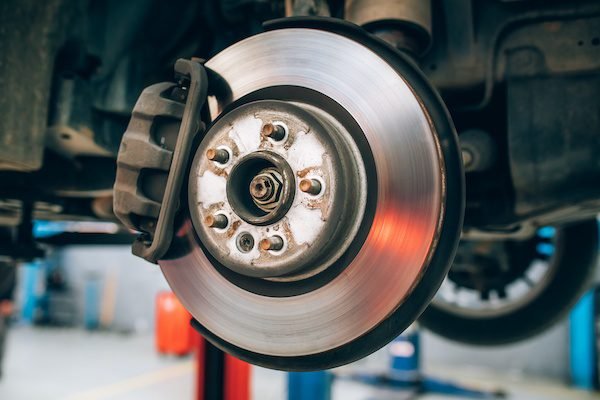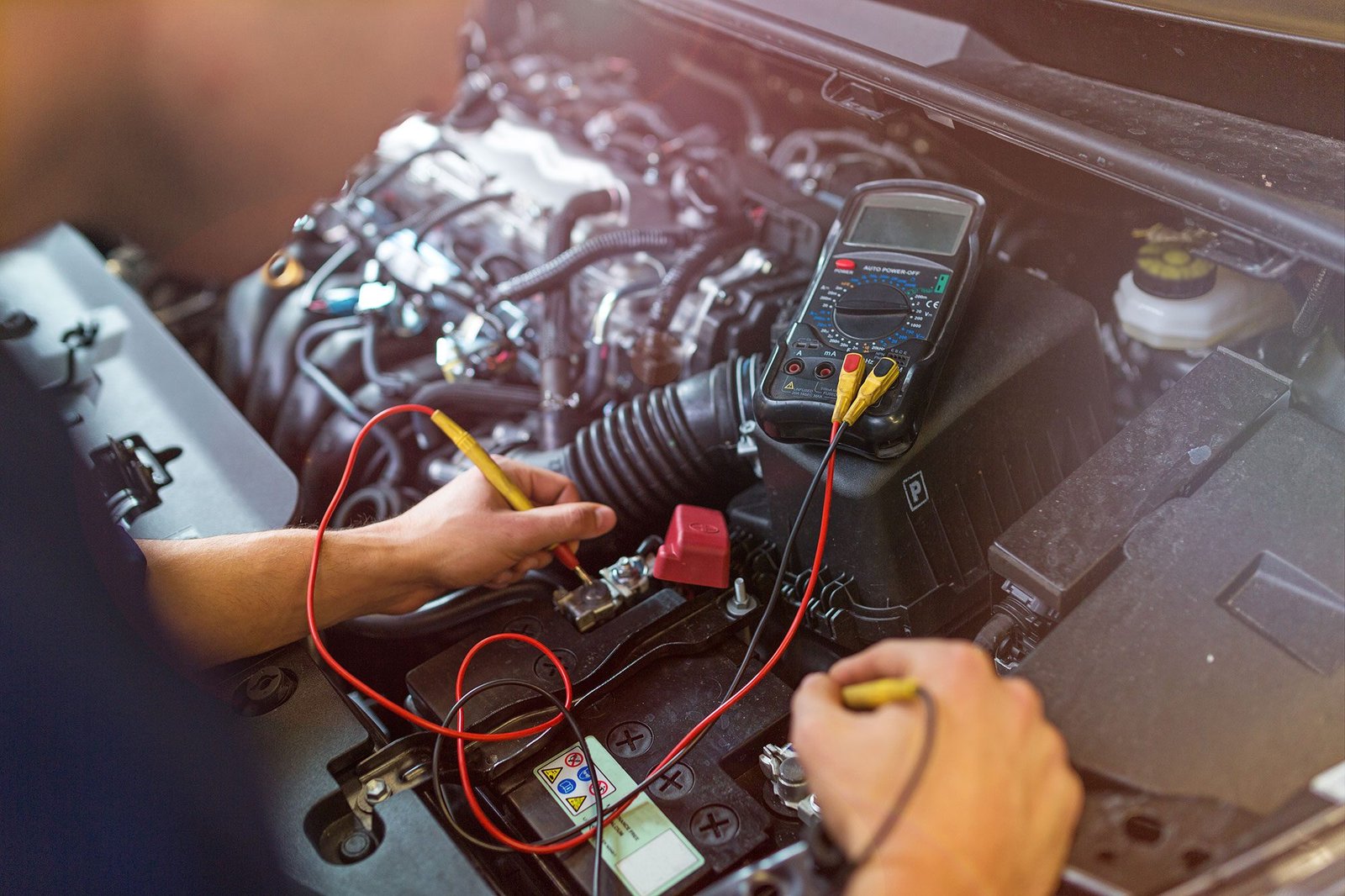The Beginning
Maintaining your brakes is an important part of keeping your car safe and running well on the road. Changing brake pads is a common do-it-yourself project that needs careful attention to detail and a dedication to safety. We’ll show you how to change your brake pads yourself in this piece, making sure you follow safety rules at every step.
Take care of safety
Before you try to change your own brake pads, you should always put safety first. Make sure you have the right safety gear, like gloves and safety glasses. Working in a room that is well-lit and has good air flow is an extra safety measure.
Things you need and tools
A car jack, a ring wrench, and a g-clamp are some of the things you will need to change your brake pads. New brake pads, brake grease, and a brake fluid bleeder kit are what you need.
Checking for Wear on Brake Pads
Before you start the repair, look at the brake pads to see if they are worn. Listen for sounds like clicking or grinding that could be signs of a problem, and test the brakes to see if there are any problems.
How to Do It Step by Step
Jacking up the Car: To start, safely raise the car using a car jack.
Taking Off the Wheel: To get to the brake parts, use a lug wrench to take off the wheel.
Finding and Removing the Callipers: Find the callipers and slowly take them off, revealing the old brake pads.
Taking Out Old Brake Pads: Carefully take the old brake pads off of the calliper base.
Putting on New Brake Pads: Make sure the new brake pads fit tightly in the calliper clamp before putting them in place.
Callipers: Carefully put the callipers back on the brakes, making sure the new brake pads are in place.
How to Put the Wheel Back On: Put the wheel back on and use the lug wrench to tighten the lug nuts.
Getting the brakes to work again
Blading the brake system is necessary to make sure that the brakes work at their best. Using a brake fluid bleeder kit, follow a step-by-step process to drain the fluid.
Looking at the Brakes
Do thorough test runs to make sure the brakes work properly. Listen for any strange sounds or problems with how it works, and if you find any, make the appropriate changes.
How to Fix Problems
Having common problems like uneven stopping or strange noises? Check out our fixing tips for useful ideas.
How to Do Maintenance
Checking and inspecting your new brake pads on a daily basis will help them last longer. Simple things like not stopping quickly can make a big difference in the health of your brakes.
When You Should Get Help from a Pro
It is possible to change your own brake pads, but watch out for signs that something might go wrong. Get skilled help if you run into problems that are beyond your skills.
In conclusion
To sum up, replacing brake pads yourself is possible if you have the right tools, materials, and know-how. Safety should come first at all times, and the steps described should be followed to make sure the brake pads are replaced correctly.
FAQs
Do I need skilled help to change my brake pads?
A: Yes, you can change your brake pads at home as long as you have the right tools and follow safety rules.
How often should I check my brake pads?
A: Check your brake pads regularly every 12,000 to 15,000 miles or as your car’s manual tells you to.
What are some signs that your brake pads are worn out?
A: Noises like squeaking or grinding, less effective stopping, and visible wear on the brake pads are all warning signs.
Q: Is it important to bleed the brakes?
A: Yes, cleaning the brakes makes sure that the brake fluid flows properly, which keeps the system running at its best.
Q: Can I use old brake pads again?
A: It’s not a good idea to use old brake pads again because they might not wear evenly and won’t work as well.



